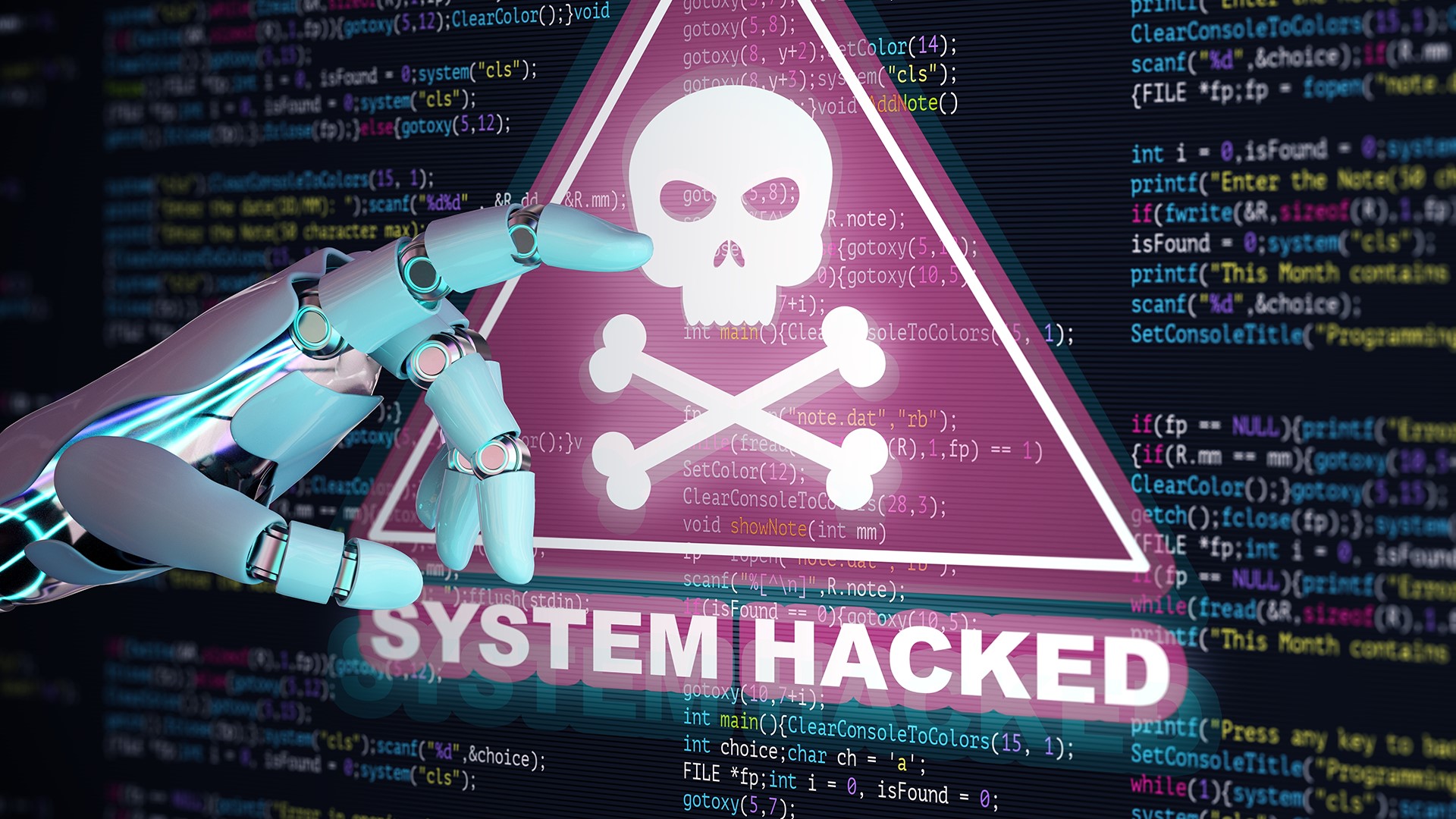As cybersecurity matures, the perimeter fades—leaving insiders as the most insidious risk. In 2025, insider threats aren't just disgruntled employees; they're amplified by AI tools, remote work, and economic pressures, accounting for 20% of breaches and costing $16.2 million on average. From accidental leaks to malicious sabotage, humans remain the weakest link, exploiting trusted access without tripping alarms. With hybrid environments blurring lines, organizations face a "renaissance" of these threats. This post unpacks the drivers, tactics, real-world fallout, and a proactive playbook to humanize your defenses without stifling productivity.
The Insider Renaissance: Drivers in a Volatile 2025
Insider threats have surged 44% year-over-year, per Verizon's 2025 DBIR, as layoffs, AI automation fears, and gig economy fluidity breed discontent. Remote work, now standard for 58% of knowledge workers, erodes visibility, while generative AI empowers novices to craft sophisticated exploits—like custom phishing kits or data exfiltration scripts.
This isn't rogue actors alone; careless insiders (e.g., sharing credentials) outnumber malicious ones 3:1. Nation-states recruit via social media, turning employees into unwitting spies. Economic headwinds, with global unemployment at 5.8%, heighten risks—desperate insiders sell secrets on dark web forums, where AI-vetted offers fetch premiums.
Tactics Evolving with Tech: How Insiders Strike
Insiders leverage proximity for stealth:
1. Data Exfiltration and Theft
USB drives, cloud shares, or encrypted tunnels siphon IP. AI tools like automated scrapers pull terabytes undetected.
Spotlight: "Living off the land" uses native tools (e.g., PowerShell) to blend in, evading EDR.
2. Privilege Abuse and Sabotage
Elevated accounts wreak havoc—deleting logs or deploying ransomware. Deepfakes forge approvals for unauthorized changes.
Spotlight: In supply chains, insiders plant backdoors during code reviews, a tactic up 60% in devops teams.
3. Social Engineering from Within
Colluding with externals via personal devices, or "quitting quietly" by neglecting updates, creating soft targets.
These blend intent with error, demanding behavioral over technical focus.
2025 Incidents: Humans in the Headlines
Lessons from the frontlines:
- Tech Giant Betrayal: A mid-level engineer at a Silicon Valley firm leaked AI model weights to competitors via a personal VPN, costing $200M in R&D setbacks. Economic pressures post-layoffs were the trigger.
- Finance Sector Leak: An accidental insider in a European bank shared client files on a public forum during a merger—exposing 1.2M records and drawing GDPR fines over €50M.
- Healthcare Insider Sabotage: A disgruntled admin deployed wiper malware amid contract disputes, disrupting services for 48 hours and amplifying patient risks.
These underscore the need for culture alongside controls.
Mitigating the Human Element: Strategies That Work
Shift to "trust but verify" with UEBA (User and Entity Behavior Analytics) and zero-trust principles, balancing security with empathy.
Key Pillars
- Behavioral Profiling: AI monitors deviations—like unusual data access patterns—flagging 85% of risks pre-breach.
- Access Controls: Just-in-time privileges and role-based segmentation limit damage; integrate with IAM for multi-cloud.
- Cultural Interventions: Anonymous reporting hotlines and mental health support reduce malice; gamified training boosts awareness 40%.
- Tech Enablers: DLP (Data Loss Prevention) with NLP scans for sensitive exports; blockchain for immutable audit trails.
Gartner's 2025 forecast: Organizations with holistic insider programs cut incidents by 50%.
Your 2025 Insider Defense Plan
Act now with this streamlined roadmap:
- Risk Assessment: Profile users via tools like Exabeam, categorizing by access level and sentiment (e.g., via email tone analysis).
- Layered Controls: Roll out MFA everywhere, micro-segment networks, and automate offboarding.
- Engage and Educate: Quarterly simulations and ethics workshops; foster "security champions" in teams.
- Monitor and Respond: Centralize logs in SIEM; define playbooks for insider alerts, emphasizing de-escalation.
- Measure Impact: Track metrics like insider alert resolution time; iterate with employee feedback.
Humanizing Security: The Path Forward
Insider threats thrive on disconnection—counter them by building trust through transparency. In 2025, resilient cultures will outpace tech alone.
Facing insider risks? What's your go-to strategy? Comment and subscribe for more.

